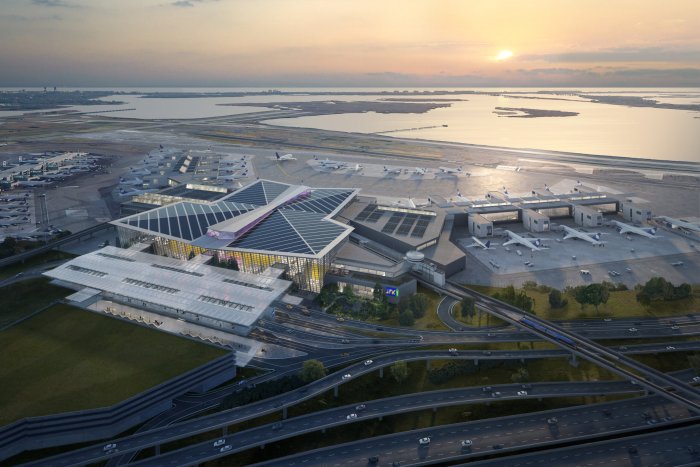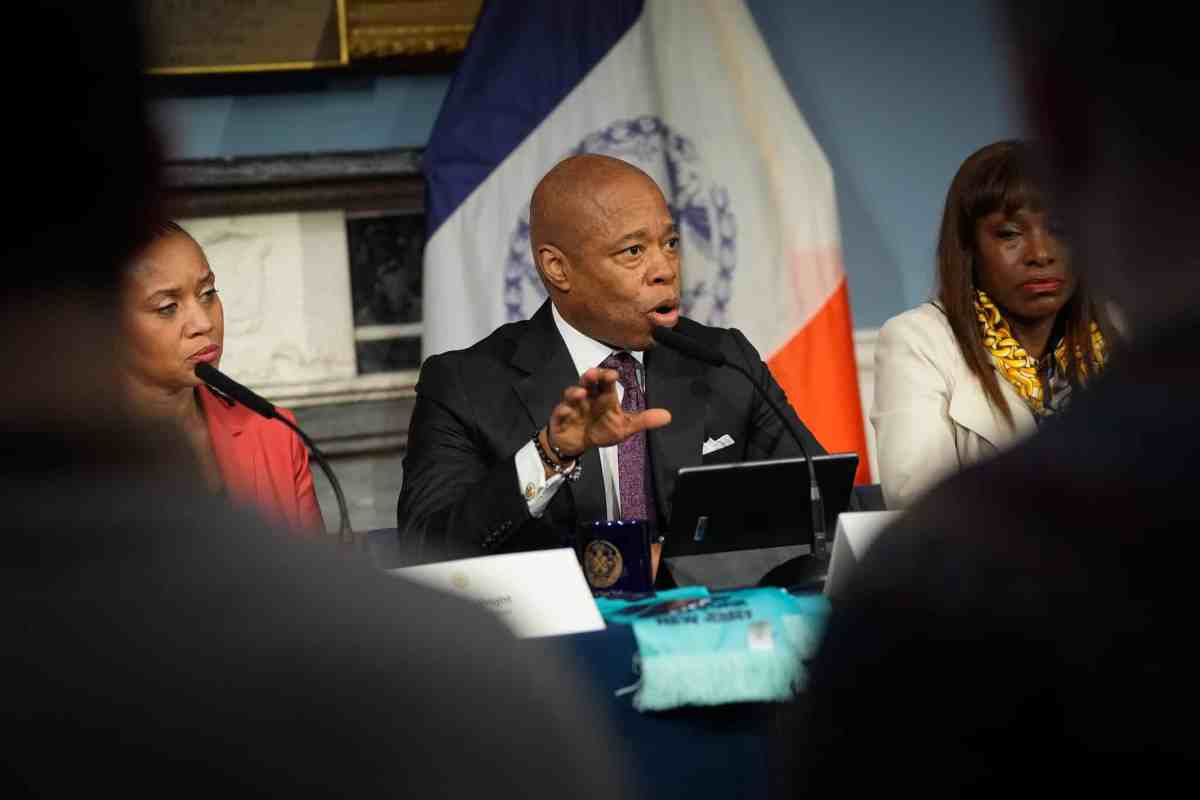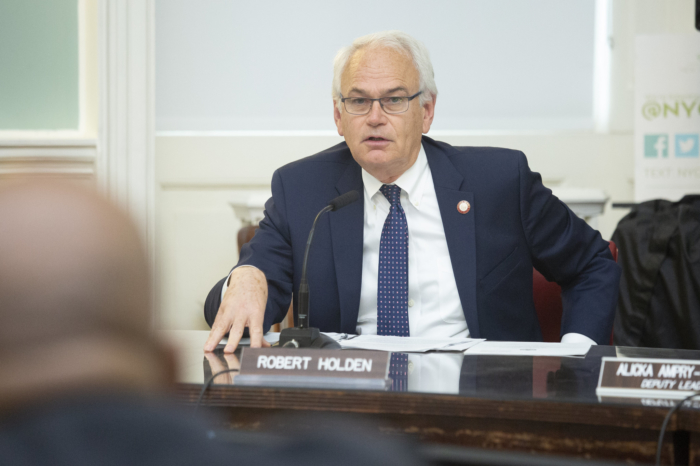By Larry Penner
“MTA OK’s contract for East Side Access” (Feb. 5) is a glass half full. Since 2001, the total direct cost for MTA LIRR East Side Access to Grand Central Terminal has grown from $3.5 billion to $4.3 billion in 2003, $6.3 billion in 2006, $8.4 billion in 2012 to $10.8 billion in 2014. Don’t be surprised when it grows to $11 or $12 billion.
Based upon this past history, who knows if the final cost will go up again over the next eight years by a billion or more. The anticipated opening day for passenger revenue service date had slipped on a number of occasions from 2011 to December 2022. Don’t be surprised when it changes yet again, this time to December 2023. Who knows over the next eight years if this date and budget will hold. No one would be surprised, if based upon past project history, it ends up in 2024 or later.
The MTA has repeatedly missed every budget and schedule for this project. They have ended up being worthless paper. No one at the MTA will acknowledge that the real project cost may end up closer to $15 billion. This includes other items which are considered indirect and carried off line from the official project budget. These are financing charges ($600 million), additional capacity improvements at Jamaica LIRR station, ($450 million) along with numerous capital improvements east of Jamaica. They include construction of additional parking spots (totaling in the thousands necessary to accommodate all the new riders) at numerous stations, new NYCT and MTA Bus, Nassau Inter County Express (NICE), Suffolk County Transit and Huntington Area Rapid Transit (HART) bus feeder services to stations, construction of new stations, completion of the Ronkonkoma branch double tracking between Farmingdale and Ronkonkoma ($450 million), Main Line Third Track between Floral Park and Hicksville ($1.5 billion plus possibly much more), new pocket tracks on other branches, new storage yards and other capital projects which will support implementation of East Side Access. Without all of the above, the LIRR will not be able to achieve 100 percent utilization of this investment including the promise of 24 trains per hour during peak service periods.
One significant failure in the early 1990s was a future fatal flaw in the purchase of both dual-mode locomotives and double-decker passenger cars. Those responsible for design, engineering and bid specifications to support procurement of dual-mode locomotives and double-decker passenger cars failed to take into consideration height clearances for the 63rd Street tunnel between Manhattan and Queens. This tunnel was designed to be used at a future date to provide the LIRR with a direct connection to Grand Central Terminal. As a result, the LIRR fleet of 23 diesel-electric and 23 duel-mode locomotives along with 134 double- decker passenger cars will not be able to utilize East Side Access for future service to Grand Central Terminal.
Thousands of daily LIRR riders whose trips originate from diesel territory branches will still have to change at Jamaica for those traveling to or from the future LIRR Grand Central Terminal or Atlantic Terminal Brooklyn. There will no longer be any direct thru service from Jamaica to Atlantic Terminal Brooklyn. This impacts customers on 51 peak and 84 off-peak or 135 weekday trains operating between Jamaica and Brooklyn.
Travel time for thousands of LIRR riders bound for downtown Brooklyn, Wall Street, World Financial Center or World Trade Center in downtown Manhattan via Atlantic Terminal Brooklyn will now actually have longer commutes. Depending upon how long the wait is for a connecting train from Jamaica to Brooklyn, this could add up between 5 to 15 minutes each way or a total of 30 minutes per day. It is doubtful that the LIRR scoot service between Jamaica and Atlantic Terminal Brooklyn will be running with headways every few minutes like a subway. Don’t be surprised if the rush-hour frequency is once every 10 minutes or more. All of this conflicts with the MTA corporate party line of over decades regarding how the East Side Access project will save many LIRR riders up to 40 minutes each day round trip in daily commutes. So much for truth in advertising!
One rider’s gain in time savings (being able to access work in the eastside of midtown Manhattan via Grand Central Terminal versus Penn Station) is a corresponding loss for another rider trying to access work via Atlantic Terminal Brooklyn. Pity those poor riders on the Oyster Bay branch who will suffer the most.
Larry Penner
Great Neck

































